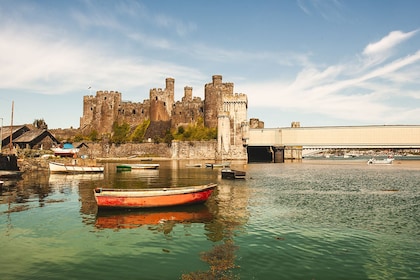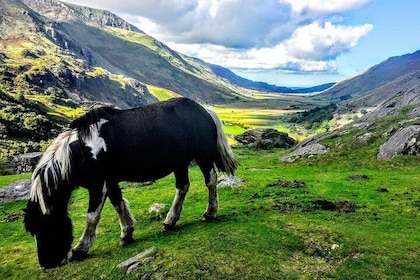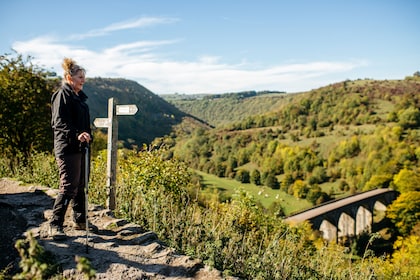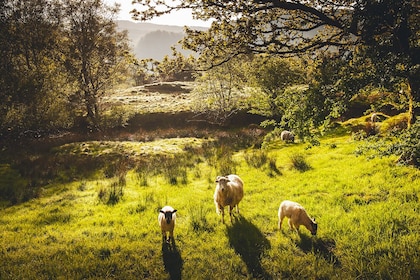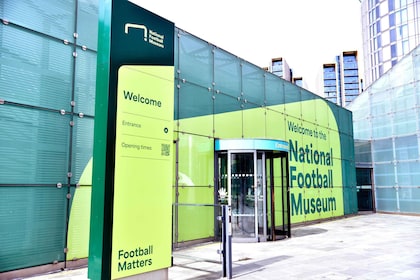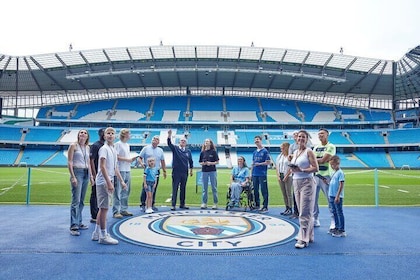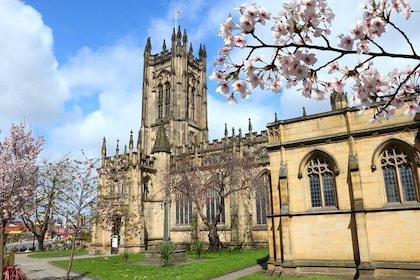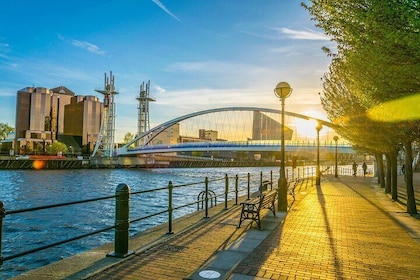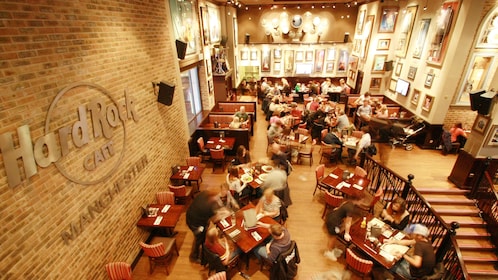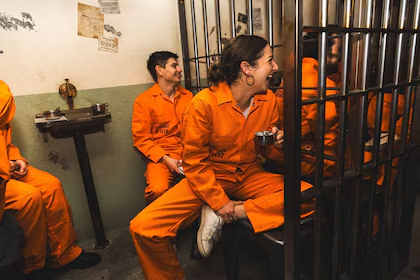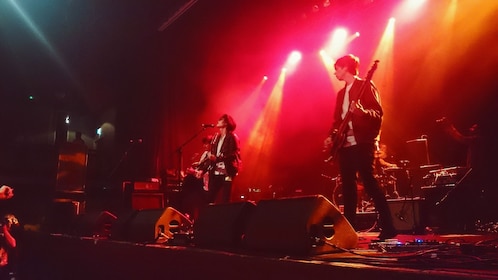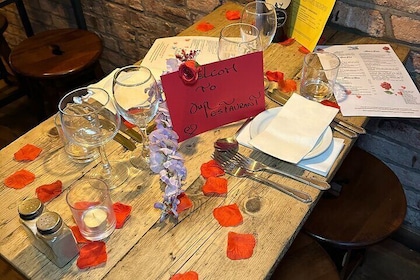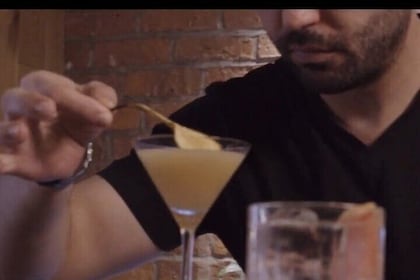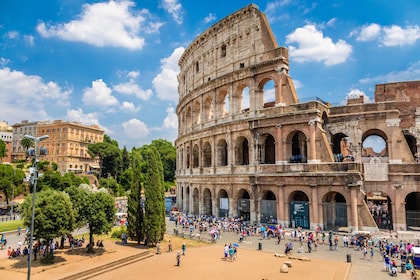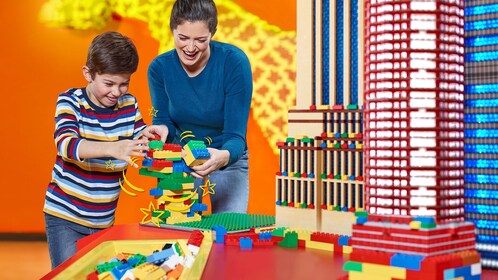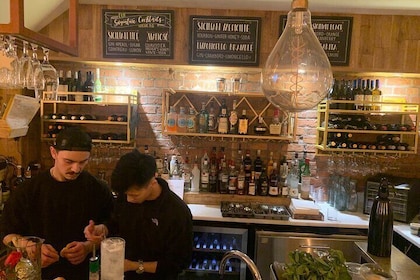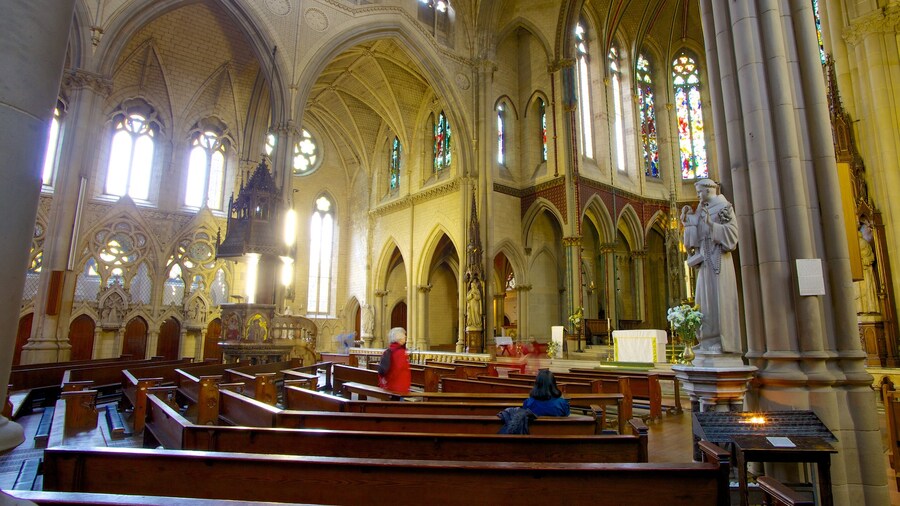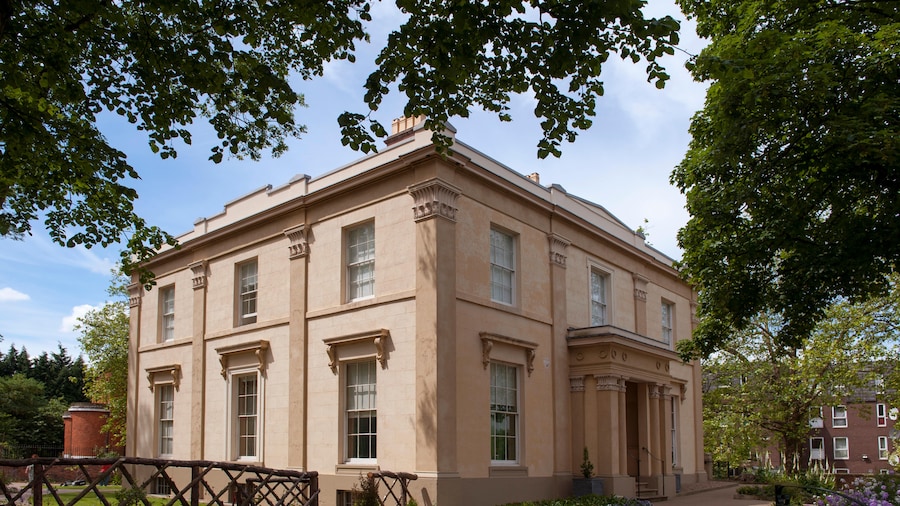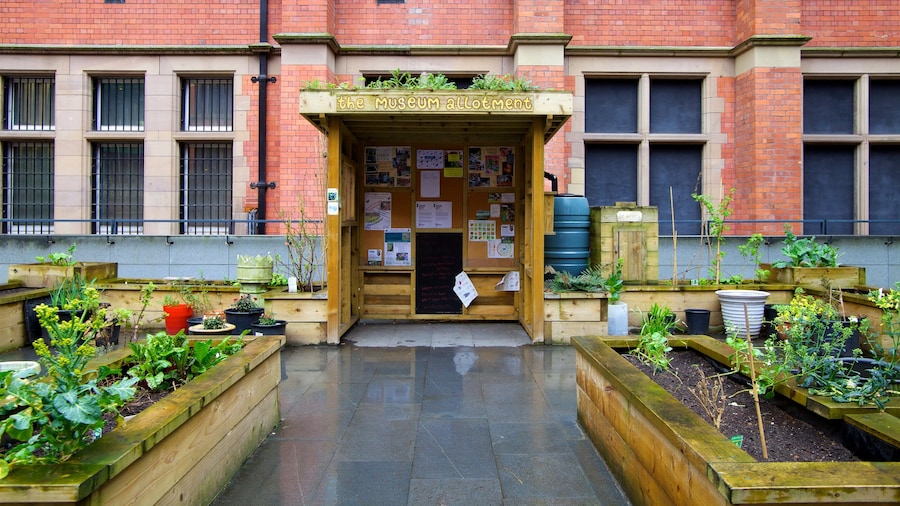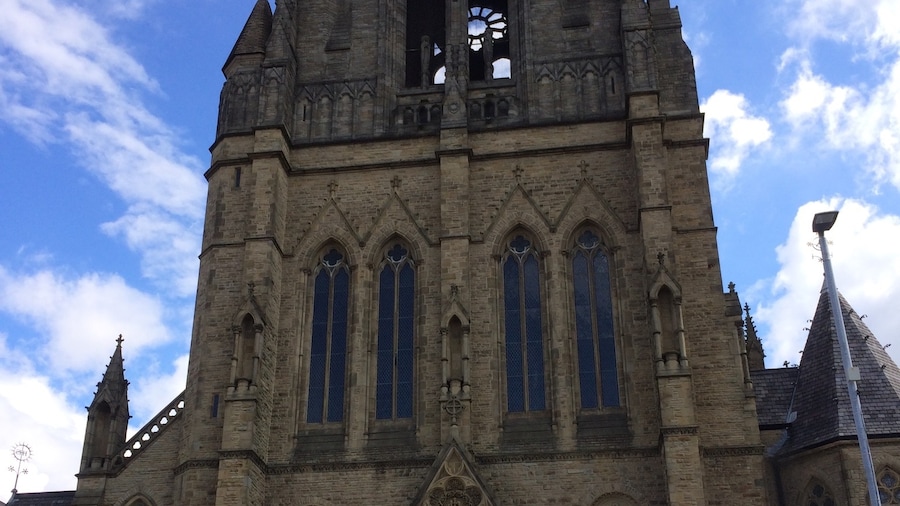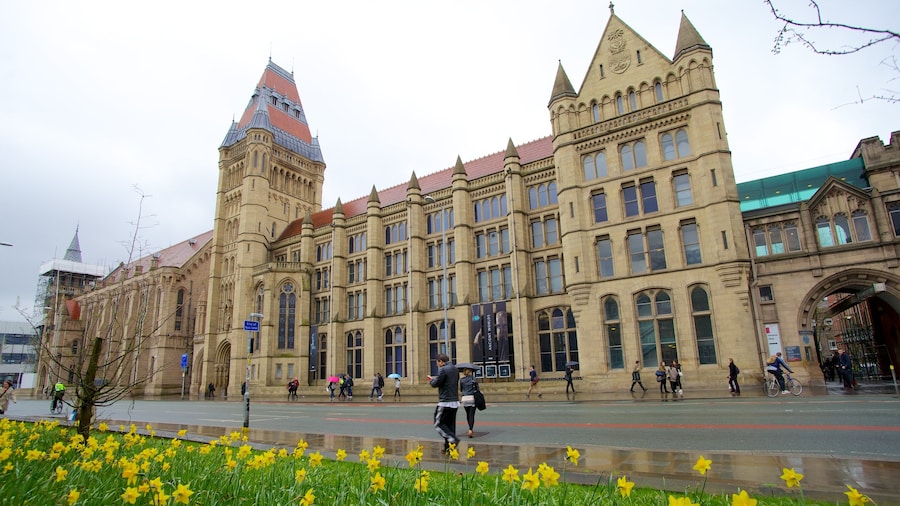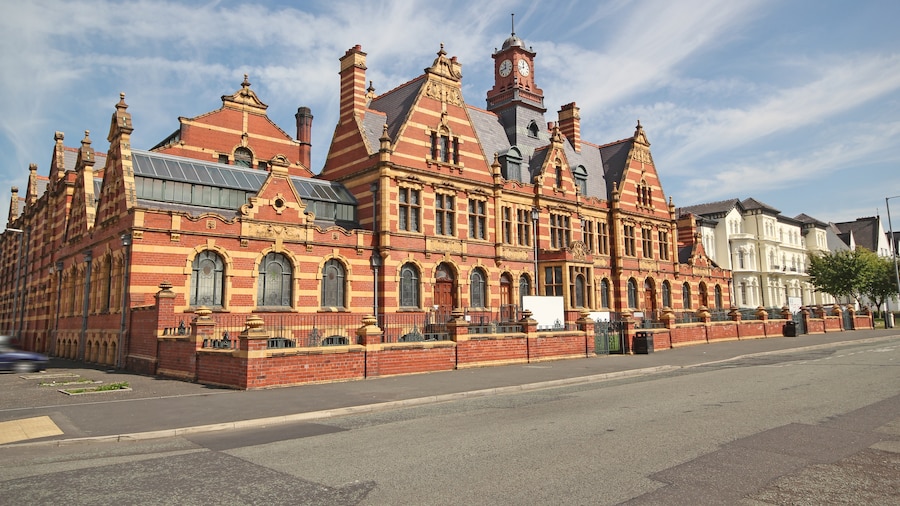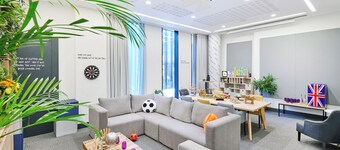Manchester's south-side art gallery – home to the best in modern art and crafts – is setting out on a bold path to integrate park and gallery.
Sitting well south of central Manchester, on the edge of the large University Campus, the Whitworth Art Gallery is one of the city's lesser known attractions. But with its pretty parkland setting, fine red-stone Victorian front and focused collections of paintings, sculpture and textiles, it's definitely not one to be missed. The gallery was established at the beginning of the 20th century, thanks to the generosity of one of the North West's wealthy industrialists, Sir Joseph Whitworth. It stayed in private hands until 1958, when the University of Manchester took over the reins. It has since had several expansions, and behind the elegant façade of the main building, the Gallery stretches far back into Whitworth Park. All that space has been put to good use. The Whitworth is now home to a lecture theatre, research facilities and a special sculpture viewing platform – and more space to display its 50,000 works of art. Those works cover many renowned British and international artists, mainly from the modern period.So a walk around the Whitworth will uncover David Hockneys and Henry Moores, Jacob Epsteins and Francis Bacons – and even works by Vincent van Gogh, William Blake or Pablo Picasso. The Whitworth also has one of the better collections of works by the famed British landscape artist, J.M.W. Turner.Local painter L. S. Lowry – the famous painter of 'matchstick men' crowding factories and streets in Manchester's grim industrial landscapes – naturally features highly. And the Whitworth has also made a name for itself collecting around the 'Arts and Crafts' traditions, of the late 19th century. There are outstanding displays of rich textiles, sumptuous patterned wall papers and rare pattern sample books to be found here. Like many of Manchester's cultural attractions, the Whitworth Gallery is now starting a long-planned upgrade. It will involve more display room for contemporary art installations, and a unique first-floor glass promenade, with views over the Park. It's to be called the Gallery in the Park – and when completed, will see a bold and exciting integration of Park and Gallery.





